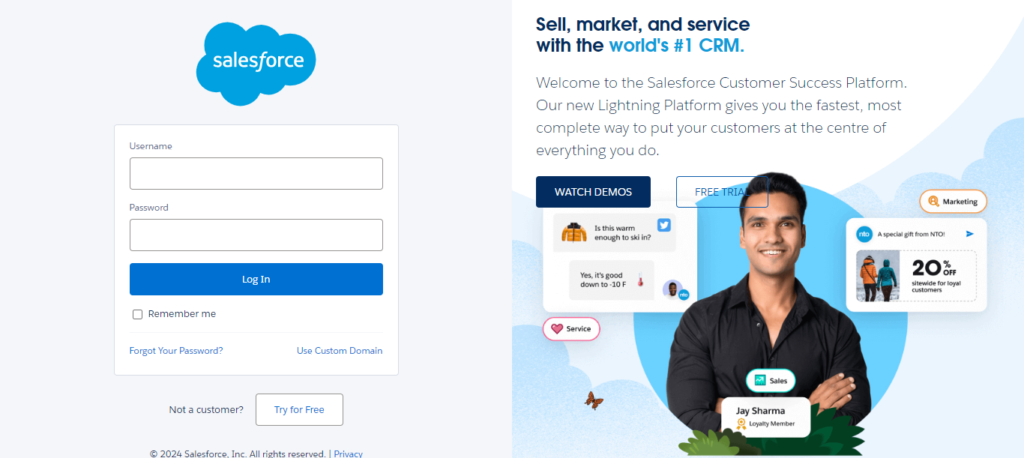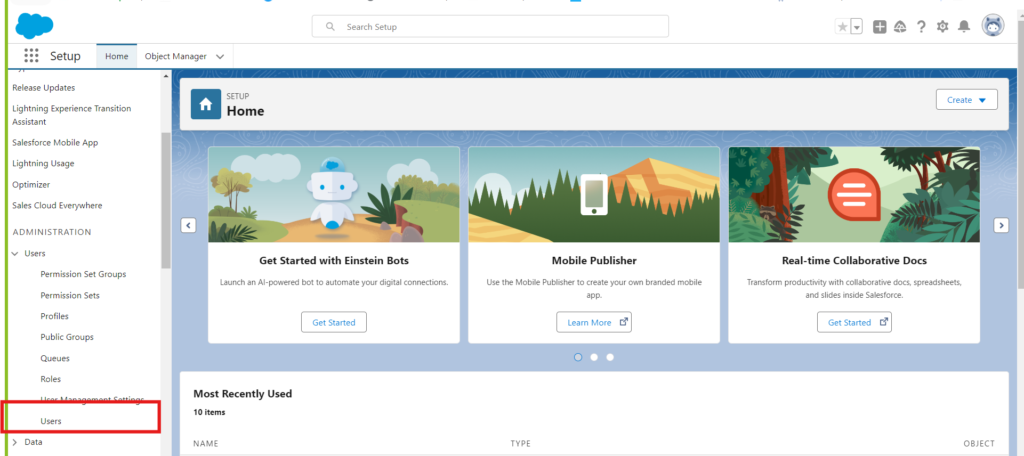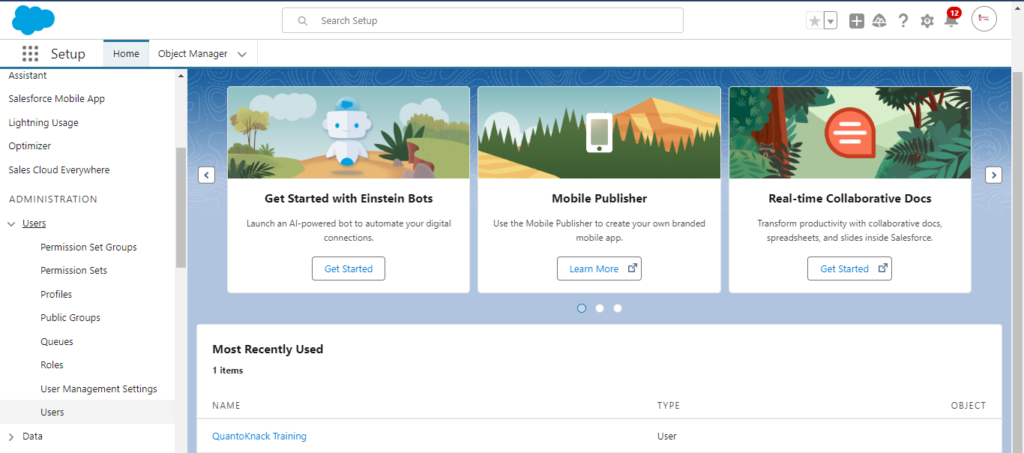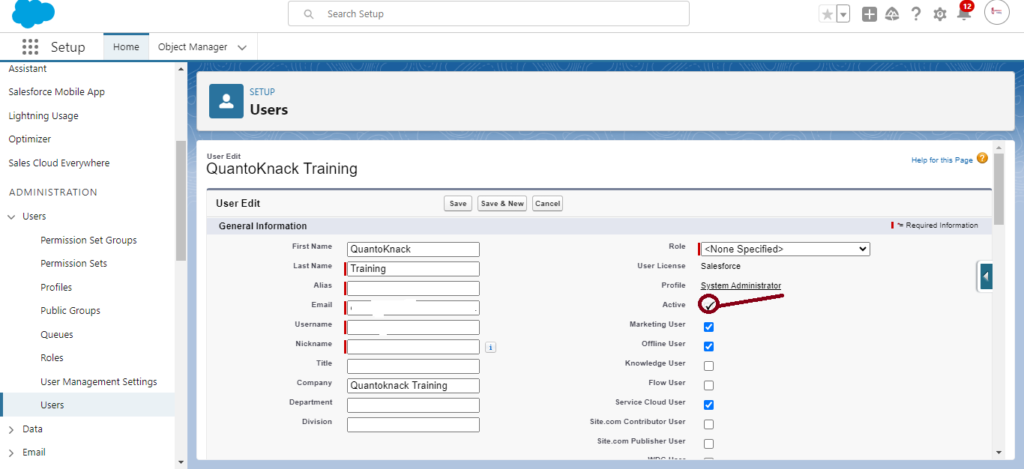Streamline Sales with Salesforce Revenue Cloud: A Practical Guide
Every organization wants to unify the key processes and data for the entire revenue lifecycle within a single platform. You can take the Salesforce Revenue Cloud as the one-stop solution! From quoting to billing and collaboration between sales, finance, and partner teams, this integrated approach leads to faster sales cycles and increased efficiency. It eliminates the data silos, workflow automation, and other problems in the way. Students earn a Salesforce developer certification, learning all these types of features implementation for the organization, easing their sales processes, and contributing to higher revenue. Not only this, but Salesforce Revenue Cloud has a comprehensive list of advantages that can help with sales. Let’s go through the details.
Unified Revenue Management
Optimize revenue and profitability with the right strategy, which can integrate all aspects of pricing, forecasting demand, controlling inventory, and distribution across an organization, creating a holistic view of revenue opportunities.
- Centralized Product and Pricing Catalogs
All the information related to the products and their pricing across business units, regions, and sales channels can be accessed through the one-stop solution – the Catalog of the organization. It works as a source of truth that helps in maintaining quotes consistency and accuracy, reducing errors, and even supporting complex pricing models, like discounts with volume, bundles, or even pricing products based on the subscription.
Example: A rep selling software and hardware can access a unified catalog that includes real-time pricing, availability, and product rules—no need to toggle between systems.
- Guided Selling
It is crucial to make the sales experience intelligent and seamless for the users so reps choose the right products and configurations based on customer needs. Organizations can utilize Salesforce CPQ (Configure, Price, Quote) with built-in rules and logic that will improve the cross-sales and upsell opportunities with guided selling while reducing training time.
Example: A new rep can confidently build a tailored quote for a client by answering a few simple questions—Revenue Cloud guides them to the optimal product mix.
- Contract Management
Businesses need a proper streamlined process to create, negotiate, store, and manage contracts throughout their lifecycle. It is possible for organizations with integrated e-signature tools and real-time visibility to accelerate deal closure, reduce legal risk, and ensure compliance.
Example: Legal and sales teams collaborate in one platform, using pre-approved templates and automated workflows to get contracts signed faster.
- Order Orchestration
A seamless process that connects front-end sales with back-end fulfillment, billing, and provisioning systems. It ensures that once an order is placed, it is accurately routed and fulfilled across departments, without manual handoffs or delays.
Example: When a customer signs a deal for a software subscription and hardware bundle, Revenue Cloud automatically triggers fulfillment and billing across systems.
Streamlined Sales Processes:
- Automated Workflows
Organizatons can eliminate repetitive tasks and reduce manual intervention easily by automating the workflows throughout the departments. From quote approvals to contract generation and renewal notifications, Salesforce Revenue Cloud automates key steps in the sales cycle to ensure speed and accuracy.
Example: When a quote exceeds a certain discount threshold, an automatic approval request is triggered and routed to the sales manager—no emails or follow-ups needed.
- Integration with Sales Cloud
Revenue Cloud works seamlessly with Salesforce Sales Cloud, unifying lead-to-cash processes in one system. This integration provides full visibility from opportunity creation to revenue recognition, empowering sales teams with real-time insights and reducing handoffs between departments.
Example: A sales rep can track a deal from prospecting to contract signature, quote, billing, and renewals—all within a single dashboard, without jumping between systems.
Enhanced Collaboration and Visibility:
- Data Consistency
With a unified platform, all teams—from sales and finance to operations—work from the same up-to-date data. This reduces errors, prevents duplicate entries, and ensures alignment across the entire revenue lifecycle.
Example: When pricing is updated in the product catalog, that change is instantly reflected across quotes, contracts, and invoices, so everyone uses the same, accurate information.
- Real-time Visibility
Revenue Cloud provides dashboards and reporting tools that deliver real-time insights into sales performance, pipeline health, customer orders, and revenue forecasts. The organizational leaders get more power with these insights to make faster and smarter decisions like reps.
Example: Sales managers can see exactly which deals are stuck in the approval stage, which quotes are pending signature, and how changes in pricing affect forecasted revenue—all in real time.
- Partner Relationship Management
Salesforce Revenue Cloud supports channel sales by providing partners with the tools they need to sell efficiently—access to pricing, quote generation, deal registration, and performance tracking—all within a secure partner portal.
Example: A distributor logs into the partner portal, configures a product bundle, submits a quote, and tracks commission—all while Salesforce automatically syncs the data with the internal sales team.
Benefits of Using Revenue Cloud:
- Faster Sales Cycles
Automated approvals, guided selling, and streamlined quoting tools reduce bottlenecks and manual steps, helping deals close faster.
Example: Sales reps can configure a quote, generate a proposal, and send it for approval in a matter of minutes rather than days.
- Improved Accuracy
With centralized data, product and pricing rules, and integrated systems, errors in quotes, contracts, and invoices are dramatically reduced.
Example: Built-in pricing validations prevent reps from offering discounts beyond approved thresholds, reducing costly mistakes and rework.
- Increased Efficiency
Automation reduces administrative burden, allowing teams to focus more on selling and serving customers rather than chasing paperwork or approvals.
Example: Renewal reminders, contract generation, and invoice creation are automatically triggered, saving hours of manual effort each week.
- Enhanced Customer Experience
A seamless buying process—from quote to cash—makes interactions faster, more consistent, and personalized, helping the customers to get everything they need at the time they need it without any delay or issues.
Example: Customers receive accurate quotes instantly, with transparent pricing and contract terms, enhancing trust and satisfaction.
- Better Financial Management
Revenue Cloud provides finance teams with real-time visibility into revenue streams, helping improve forecasting, compliance, and reporting accuracy.
Example: Because billing, invoicing, and revenue recognition are tightly integrated, finance teams can close the books faster and with greater confidence.
Summary
Whether an organization wants to improve the sales workflow within the organization or rep sales for users, the Salesforce revenue cloud is the best solution for them. You can easily get it implemented as per your own specifications by the developers authorized by the Salesforce developer certification online. They have attained a lot of theoretical knowledge and experience throughout their Salesforce developer training, so they can help you create and implement various features of Salesforce revenue cloud, helping you make the most out of it and taking smart decisions.



















